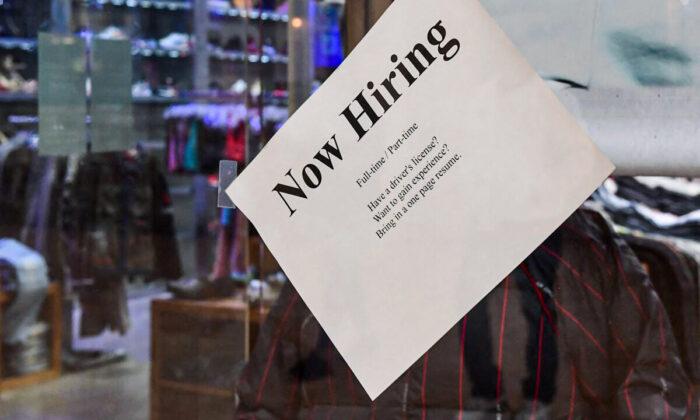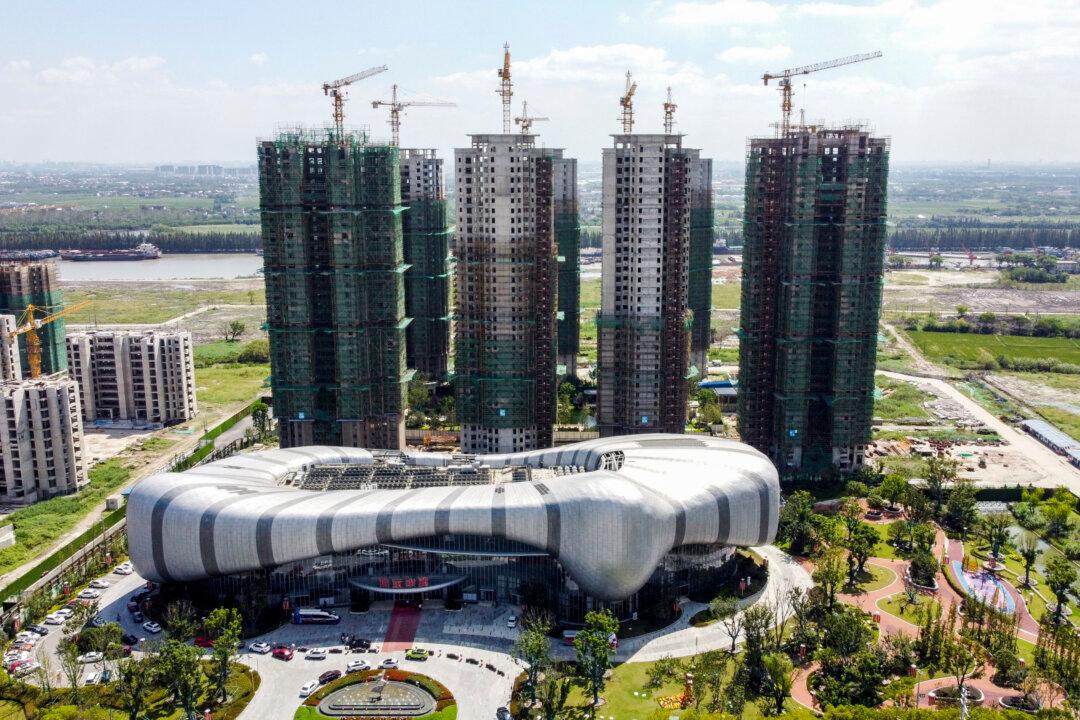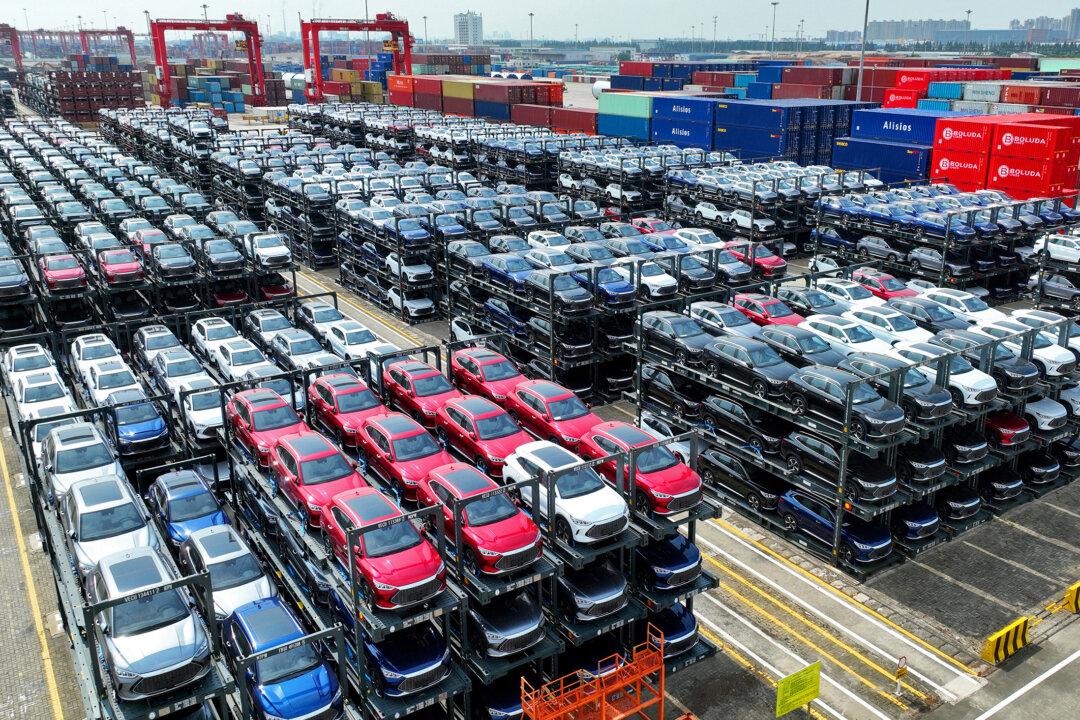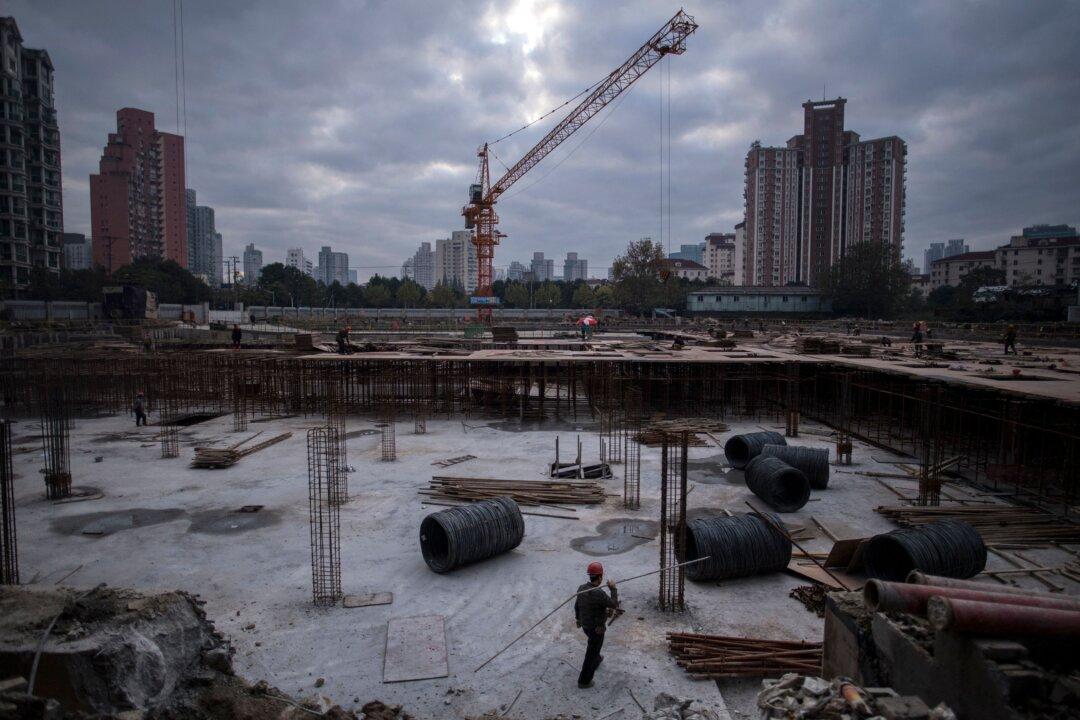Washington has explained today’s inflation entirely through supply chain problems. It’s why Federal Reserve Chairman Jerome Powell initially described the pressure as “transitory.”
Though he has withdrawn that descriptor, Powell continues to speak in terms of supply matters—as does President Joe Biden. Inflation probably has other causes as well, but even in the context of supply chain issues, the administration seems loath to deal with the most significant aspect—the severe shortage of workers.
It’s strange indeed that the administration has instead focused on peripheral matters such as inefficiencies at the Port of Long Beach and the practices of the nation’s meatpackers. Stranger still, the worker shortage is where the White House could make the biggest difference.
Labor Department figures make the extent of the problem plain. The nation’s civilian labor force peaked in December 2019 at 164.6 million either at work or actively seeking it. After the pandemic strictures put more than 20 million people out of work, many didn’t even bother to look for work. In the worst of the lockdowns and quarantines, that would have been a waste of time.
Besides, emergency legislation offered special unemployment and other benefits to ease the strain on these people and relieve the urgency of finding a job. Accordingly, the civilian labor force—those working and looking for work—declined by May 2020 to 158.2 million, 6.5 million fewer than in December 2019.
The economic recovery has brought back a lot of work. Since the employment lows of May 2020, economic growth has renewed or replaced almost all the positions lost to the lockdowns and quarantines. But even now, the civilian workforce remains about 2.5 million short of the December 2019 highs.
If these missing workers were to return to the jobs market, it would enhance the numbers of available workers nationwide and go a long way toward alleviating supply shortages.
Yet the administration in Washington hasn’t even considered ways to correct this worker shortfall. And the administration could have leverage on more than one of the four likely reasons why people have refused to return to work or even look for a job.
One reason is fear of infection. Washington can’t affect this feeling directly, but it doesn’t help that the authorities have chosen fear as a motivator in their vaccination push.
The second reason is that many have become accustomed to living without work during the pandemic strictures and have now made a lifestyle choice against employment. In this, Washington has few options. A solution here will wait on time and changing fashion.
But on a third issue—COVID-19 vaccine mandates—Washington could do a lot to alleviate the associated worker shortage. Data on this matter are admittedly spotty, but extrapolating from the available anecdotal reports suggests that as many as 1 million workers have either been fired or walked away from their work rather than comply with vaccine mandates. A less strident approach by authorities might have saved these working hands and minds for production, and if instituted now, such an approach might lure them back.
The fourth and probably most significant factor is the generous benefits Washington continues to provide. The biggest of these influences—extra unemployment benefits—ended in September 2021. But there are other benefits available that allow people to postpone work—some still carrying special enhancements added during the pandemic.
The extent of this effect is evident in how workforce participation changed immediately after the special unemployment benefits ended. While the benefits were in effect between August 2020 and August 2021, the civilian workforce grew by a mere 0.8 percent, even as the jobs market boomed.
But in just the months since the special benefits have been rescinded, the civilian workforce has grown at a historically powerful 2.6 percent annual rate. The return of other benefits to pre-pandemic levels could have the same effect without any of the undue hardship that such a change might have imposed during the worst of the pandemic strictures.
This worker shortage is a problem that Washington clearly can help solve. The administration doesn’t even need new policies. It can help simply by getting its existing policies and practices out of the way. But with the administration determined to focus on peripheral matters instead of work incentives, there seems to be little hope of needed action being taken on this front any time soon.





